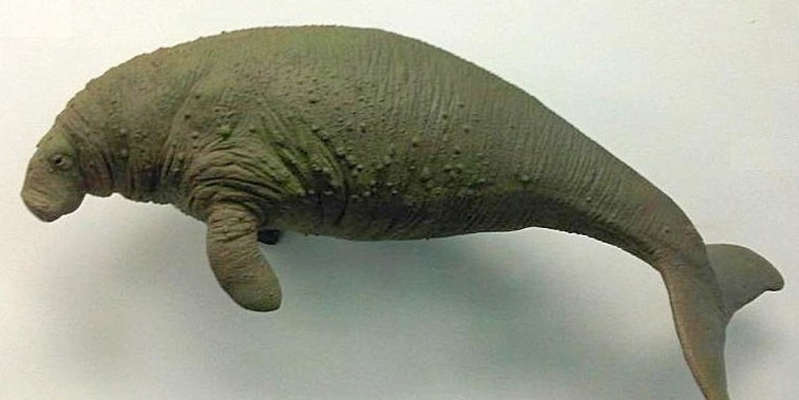Genetic analysis reveals the true cause of the extinction of Steller cows
Russian scientists sequenced the genome of the Steller cow and came to the conclusion that this species was doomed to extinction even without human participation. These marine mammals are considered victims of excessive hunting – the sailors allegedly liked their meat so much that they exterminated the entire population in just a few decades.
A common theory is that if it weren't for humans, Steller's cows would have successfully survived to this day. But in reality this is not the case, reports Nature .
Steller cows were discovered by members of sea expeditions at the beginning of the 18th century. They were described as large, but sedentary and clumsy creatures.
Alexey Tikhonov from the Zoological Institute of the Russian Academy of Sciences and Artem Nedoluzhko from the Norwegian University Nord examined the remains of cows from the Kaliningrad museum. They were able to extract and sequence nuclear and mitochondrial DNA samples.
The results showed that the population of Steller cows was characterized by extremely low genetic diversity. Roughly the same situation was observed in the last mammoths that lived out their days on Wrangel Island.
The main reason for the extinction of cows was not people at all, but climatic changes. The last glaciation ended about 20 thousand years ago. A warm period began, and the level of the World Ocean began to rise. This proved to be critical for cows that could only graze on shallow seagrass plantations.
The animals could not dive to great depths and began to suffer from hunger. When people found them, the remnants of their population were preserved only in separate regions, separated by deep areas inaccessible to cows. According to scientists, the extinction of Steller cows began, in fact, about five thousand years ago.
Earlier it was reported that the bones of an ancient sea cow were found in Egypt. The sea was once located on the site of the present desert.

